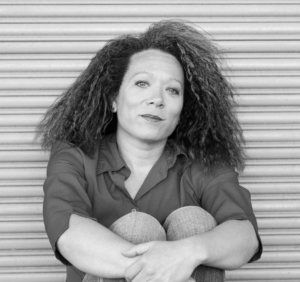Intro to Flash Fiction
by Tara Campbell
What is flash fiction?
Flash fiction is generally under 1,000 words. Some publications define it as 750 or fewer words (also known as “sudden fiction”), while others accept flash pieces up to 1,500 words. Additional forms of flash include micro (under 300), drabbles (exactly 100 words), and even dribbles (50 words).
Whatever length of flash you write, it should not be confused with a vignette. A vignette will often feature a beautiful scene, an intriguing premise and/or interesting characters. There may even be a conflict in a vignette, but there is generally no takeaway or indication of a pivot between a “before” and “after.”
Flash fiction, on the other hand, has both emotional impact and a satisfying sense of resolution—which, as we’ll see, is not necessarily the same as solving the problem and going home happy.
Strategies for flash
Here are some tools—not rules—writers use to achieve compression and resonance:
- Start in medias res—in the middle of the action
- Streamline your cast of characters
- When possible, refer rather than recount (particularly with backstory)
- Make your words do double-duty — does “walk” say as much as “stomp”, “trudge”, “stumble” , “saunter”, or “sashay”?
- Capitalize on the power of imagery and action
- Pivot: Flash often centers on a moment of (potential) change, with a sense of crossing between a “before” and an “after”—even if your character doesn’t actually take the opportunity
- A twist: Flash sometimes features a “surprise” element — an unexpected ending. However . . .
- Unless you’re writing a micro or a humorous story, try not to simply end with the “punchline.” It can be helpful to give the reader an extra beat to reinforce the emotional climax of the story. This is often accomplished by ending on an image that reinforces the experience of the story—and remember, this doesn’t always have to center on a visual reference; this could be a scent, a sound, the feel of something on the skin, etc.
I call these “tools” rather than “rules” because not every flash fiction follows every bulletpoint. But if a flash you’re working on seems to be missing the mark, check these points to see what else you might need to consider. And above all, have fun!
Tara Campbell is a writer, teacher, Kimbilio Fellow, and fiction co-editor at Barrelhouse, and earned an MFA in Creative Writing from American University. She’s the recipient of the following awards from the DC Commission on the Arts and Humanities: the 2016 Larry Neal Writers’ Award in Adult Fiction, the 2016 Mayor’s Arts Award for Outstanding New Artist, and Arts and Humanities Fellowships for 2018-2022. Her publication credits include SmokeLong Quarterly, Masters Review, Wigleaf, and CRAFT Literary. She’s the author of a novel and four multi-genre collections including her newest, Cabinet of Wrath: A Doll Collection. She teaches fiction at American University, Johns Hopkins University’s Advanced Academic Programs, the Writer’s Center, Politics and Prose, Catapult, and the National Gallery of Art’s Virtual Studio.
The World in a Flash: Intro to Flash Fiction: How do you fit the world into 1,000 words or less? In this two-week class you’ll explore the genre of flash fiction and create your own compact masterpieces. We’ll analyze strategies for storytelling within the constraints of flash by examining published pieces, discuss how authors utilize dynamic word choices, and capitalize on the power of imagery to achieve compression. We’ll also explore alternate forms of storytelling, using received forms such as letters, lists, and recipes to create your own off-kilter creations (e.g., “hermit crab flash”). Each week will include writing time, giving you opportunities to create your own stories with prompts. You’ll come away with multiple drafts and ideas for where to read more flash—and perhaps start submitting some of your own! Members $90, Non-members $120. Two Tuesdays, December 24, 31, 6:00 – 8:00 pm, virtual via Zoom. Register Here.

